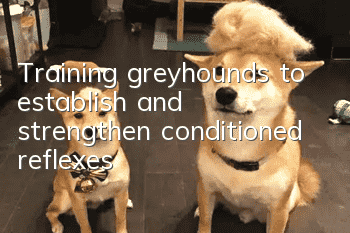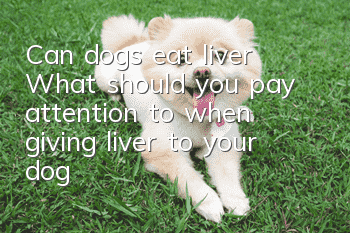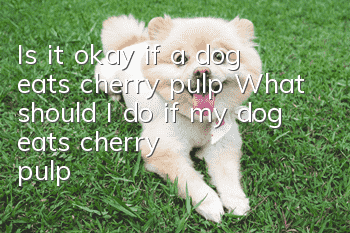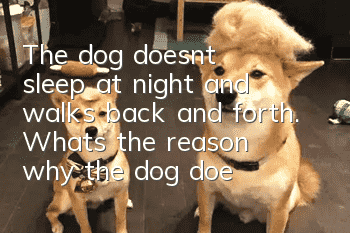Training greyhounds to establish and strengthen conditioned reflexes

When training Greyhounds to establish and strengthen conditioned reflexes, conditioned stimuli must be used in conjunction with unconditioned stimuli. Conditioned reflex is the result of the combination of conditioned stimulus and unconditioned stimulus. Without unconditioned reflex, conditioned reflex cannot be formed.
For example, "holding" is the instinct of the Greyhound. It is an unconditioned reflex of the Greyhound and is the basis for establishing conditioned reflexes. During training, as long as appropriate holding objects and commands (conditioned stimulation) are used, the "picking" movements required by the training subjects can be trained.
Judging from the action time of the two stimuli, the effect of the conditioned stimulus should be slightly earlier than the effect of the unconditioned stimulus. In this way, the conditioned reflex can be established quickly and consolidated. Otherwise, the conditioned reflex will be difficult to form, and even if it is formed, it will be very slow and not consolidated.
This requires that when we train the Greyhound, the conditioned stimuli such as commands and gestures must precede the unconditioned stimulation of pulling the leash and pressing a certain part of the Greyhound's body. Only in this way can the Greyhound quickly learn the taught movements.
If two stimuli are given at the same time, the establishment of conditioned reflex will be slower. If the unconditioned stimulus precedes the conditioned stimulus, the Greyhound will have difficulty learning the taught action.
The intensity of stimulation must be correctly grasped. Stimulation that is too strong or too weak will not have a good effect. certainly. The nerve type of the Greyhound and its sensitivity to stimulation should be taken into consideration. Often the same intensity of stimulation will have different effects on different Greyhounds. Generally speaking, conditioned reflexes can only be established when the physiological intensity of the conditioned stimulus is weaker than the intensity of the unconditioned stimulus.
To establish a good conditioned reflex, the puppy's cerebral cortex must be awake and undisturbed by other stimuli. If the Greyhound is in a sleepy or depressed state, the formation of conditioned reflex will be very slow. Not even possible.
6. The unconditioned reflex center related to establishing conditioned reflex must be in a considerable state of excitement. Unconditioned reflexes are the basis for establishing conditioned reflexes. If the unconditioned reflex center lacks sufficient excitement, it will be very difficult to establish a conditioned reflex
Notes
When training the Greyhound's conditioned reflexes, be careful not to run too fast to avoid muscle strain.
For better training, Greyhounds need to supplement nutrition
- How to treat urinary tract stones in dogs? Dogs may need surgery!
- What should I do if my dog has no milk? The owner should check quickly and don’t let the puppies starve to death.
- Dog’s anal gland odor, please note that this is a sign of your dog’s health!
- What are the symptoms of dog pain? How to detect dog pain early
- How to make your dog like to eat dog food Four ways to make your dog fall in love with dog food
- Can dogs digest peach pits if they eat them? Can dogs digest peach pits if they accidentally eat them?
- How to protect your dog’s food? Teach you tips on training your dog
- Why do dogs defecate everywhere? How can dogs stop defecating everywhere?
- What should I do if my dog has lupus? Immune system diseases should not be underestimated
- If your dog's hair is cut and the skin is cut, the flesh is exposed. If the dog's hair is accidentally cut and the skin is cut, it must be disinfected immediately.



